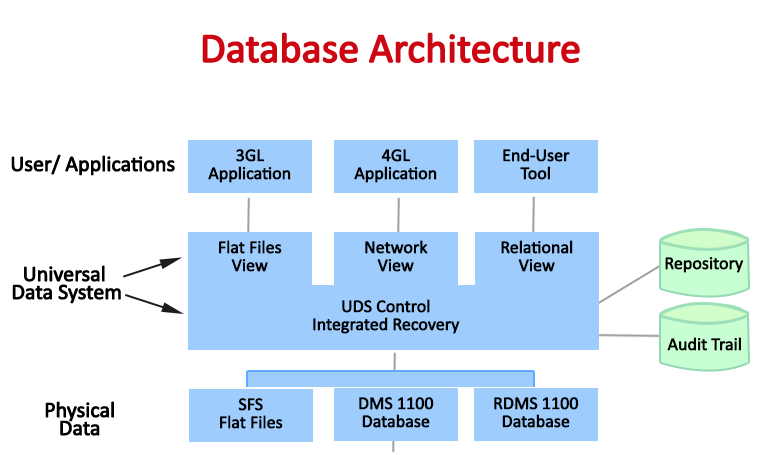
New technologies in big data and analytics are requiring organizations to modernize their data architecture, but most IT leaders fail to spend the time and effort refining the data models that enable them to do so.

Wesno's understanding of the business drivers of data management strategy and solutions stems from our experience in tackling the complete lifecycle of data assets. We understand that for our customer data is not just any entity but a precious asset
Database architects face many challenges on a day-to-day basis
Without the guidance of a properly implemented data architecture and design, business applications might be implemented in different ways - thus making it difficult to understand and control the flow of data within the applications. Enterprise data architecture details how data will be processed, stored and utilized in a given system therefore allowing the organization's leaders to make better and timely business decisions.
To achieve excellence in Enterprise Data Management (EDM), having a robust Enterprise Data Architecture is the next step of the Enterprise Data Strategy. To be truly in control of enterprise data architecture, an organization's journey must incorporate the vital elements for success. There are four vital elements in this effort
Based on the Data Strategy Roadmap, a data architecture assessment is required to evaluate the organization's capabilities in several areas, like Data Structure and Databases, Data Governance, Data Storage, Data Architecture, Metadata, Data Quality and Data Security.
This segment is primarily focused on how users get to the data and how they will use or share it. Typically the first place to start is by creating or updating the organization's conceptual data model. This will help identify the key subject areas of the company and how they interact. In addition to creating the logical data model, it is necessary to identify the key stakeholders for the effort, as they will be critical to moving the project forward for alignment with business objectives.
This would include the physical representation of the defined architecture, to address the key components, Data Structure and Databases, Data Governance, Data Storage, Data Architecture, Metadata, Data Quality and Data Security. This would comprise the physical data model along with the actual setup of the infrastructure and environment.
This would include the detailed implementation roadmap to determine the gap and the costs associated with the implementation of the proposed architecture.
Model helps clients in this effort by creating a high-performance and scalable architecture to achieve your EDM goals - thus taking your business to the next level in the process.